Indian World Heritage Sites in Context
This book on World Heritage sites in India has two objectives: one, to highlight the archaeological context and cultural landscapes relating to monuments inscribed in the UNESCO World Heritage list; and second, to draw attention to urban pressures that impact the conservation and preservation of many of these sites and the need for comprehensive management strategies to ensure their continued survival. While six are natural properties, the Archaeological Survey of India has twenty of the twenty-four World Heritage cultural sites in India under its administrative control. These may be categorized into: caves, churches and convents, forts, monastic complexes, mosques, palaces, rock-shelters, temples, and tombs. This list, by and large, focuses on either single monument or groups of monuments, bereft of cultural moorings. It is important that archaeological and historical inputs regarding the wider cultural milieu of World Heritage sites be introduced through site management plans, interpretation centres and heritage bye-laws to aid in holistic appreciation of the ‘monument’ or ‘group of monuments’. Clearly, there is an urgent need for change in our understanding and appreciation of not only World Heritage sites, but also policies to ensure their preservation. It is this need for change that the papers by archaeologists, historians and heritage specialists in this edited book articulate and discuss.
Get it now and save 10%
BECOME A MEMBER
-

Archaeology of Seafaring: The Indian Ocean in the Ancient Period
-
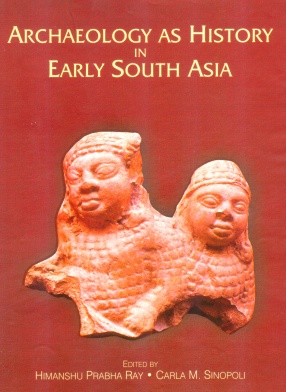
Archaeology As History in Early South Asia
-
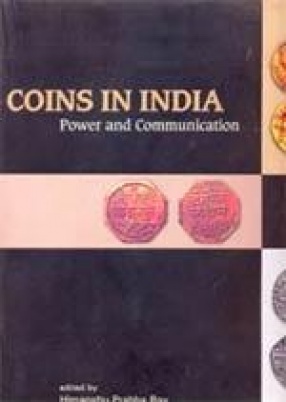
Coins in India: Power and Communication
-
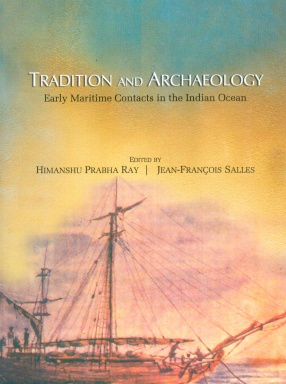
Tradition and Archaeology: Early Maritime Contacts in the Indian Ocean
-
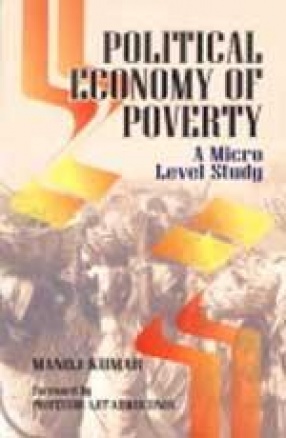
Political Economy of Poverty: A Micro-Level Study
-
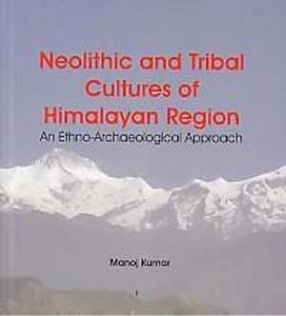
Neolithic and Tribal Cultures of Himalayan Region: An Ethno-Archaeological Approach
-
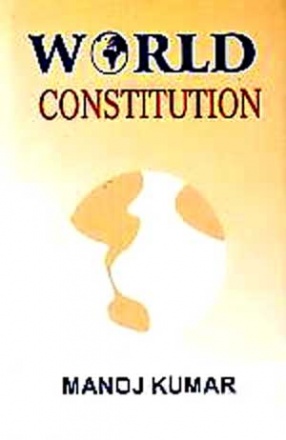
World Constitution
-

Inorganic Pharmaceutical Chemistry

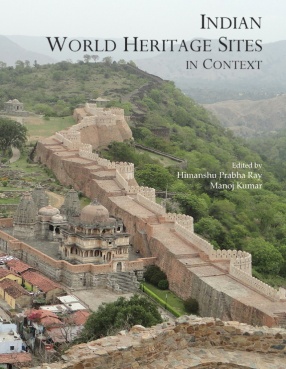
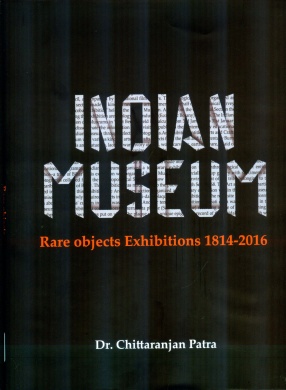
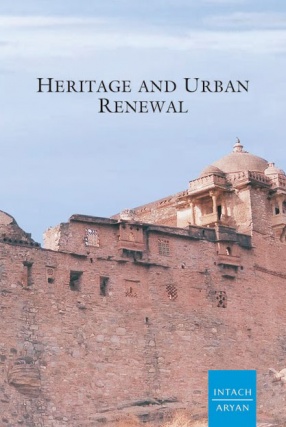

Bibliographic information
Manoj Kumar